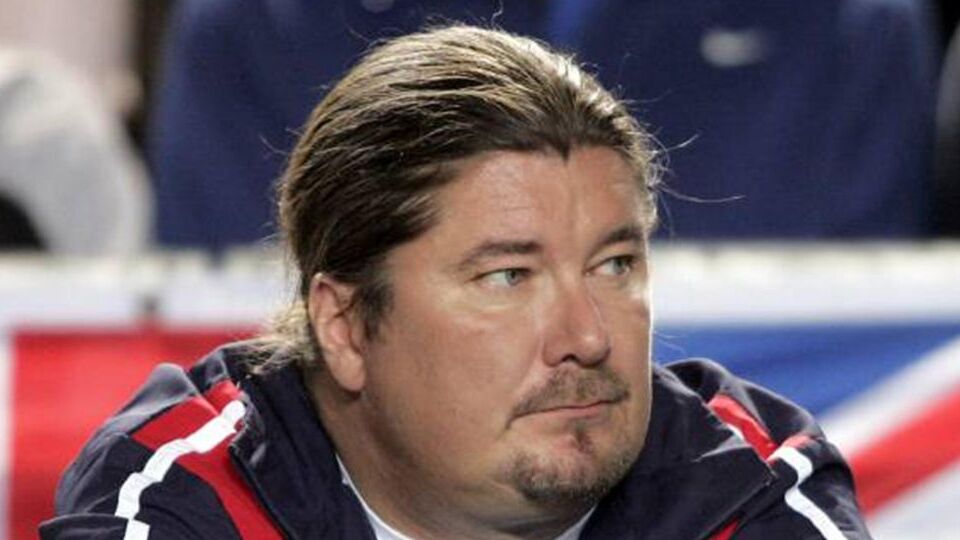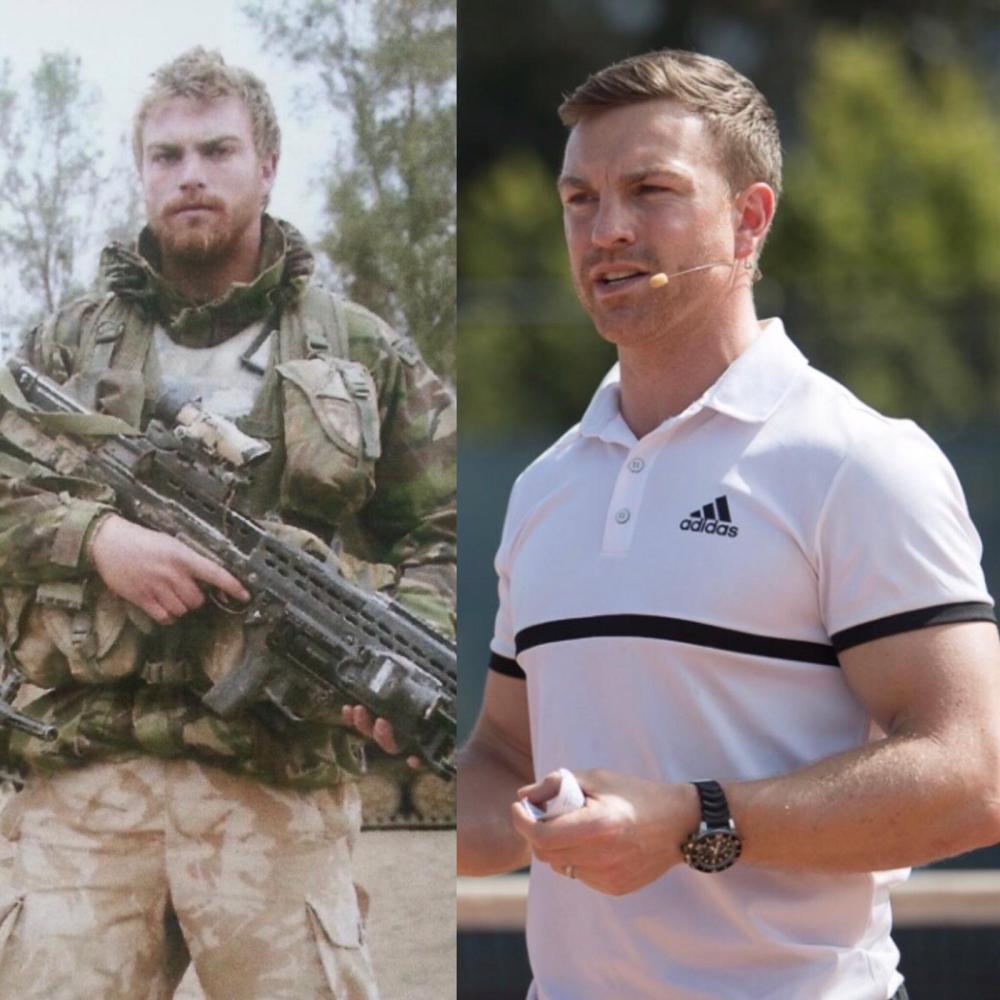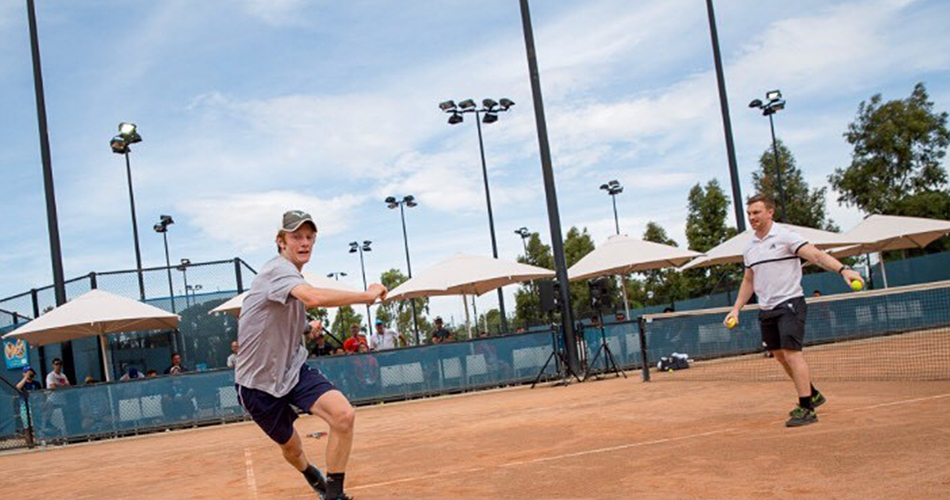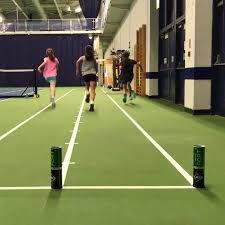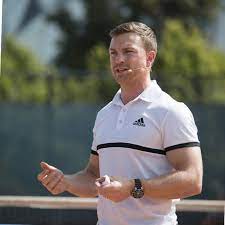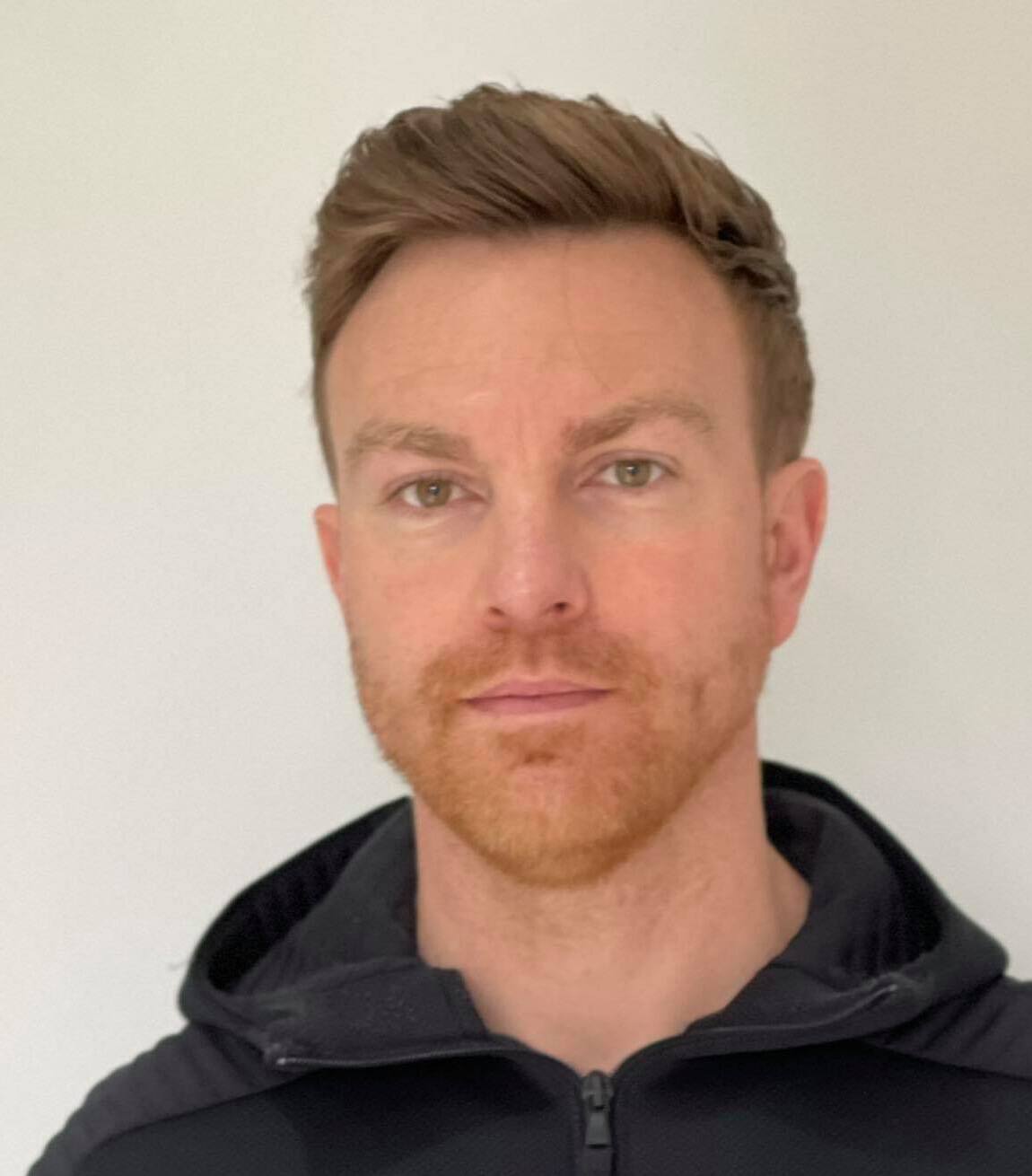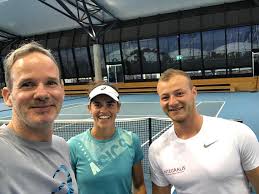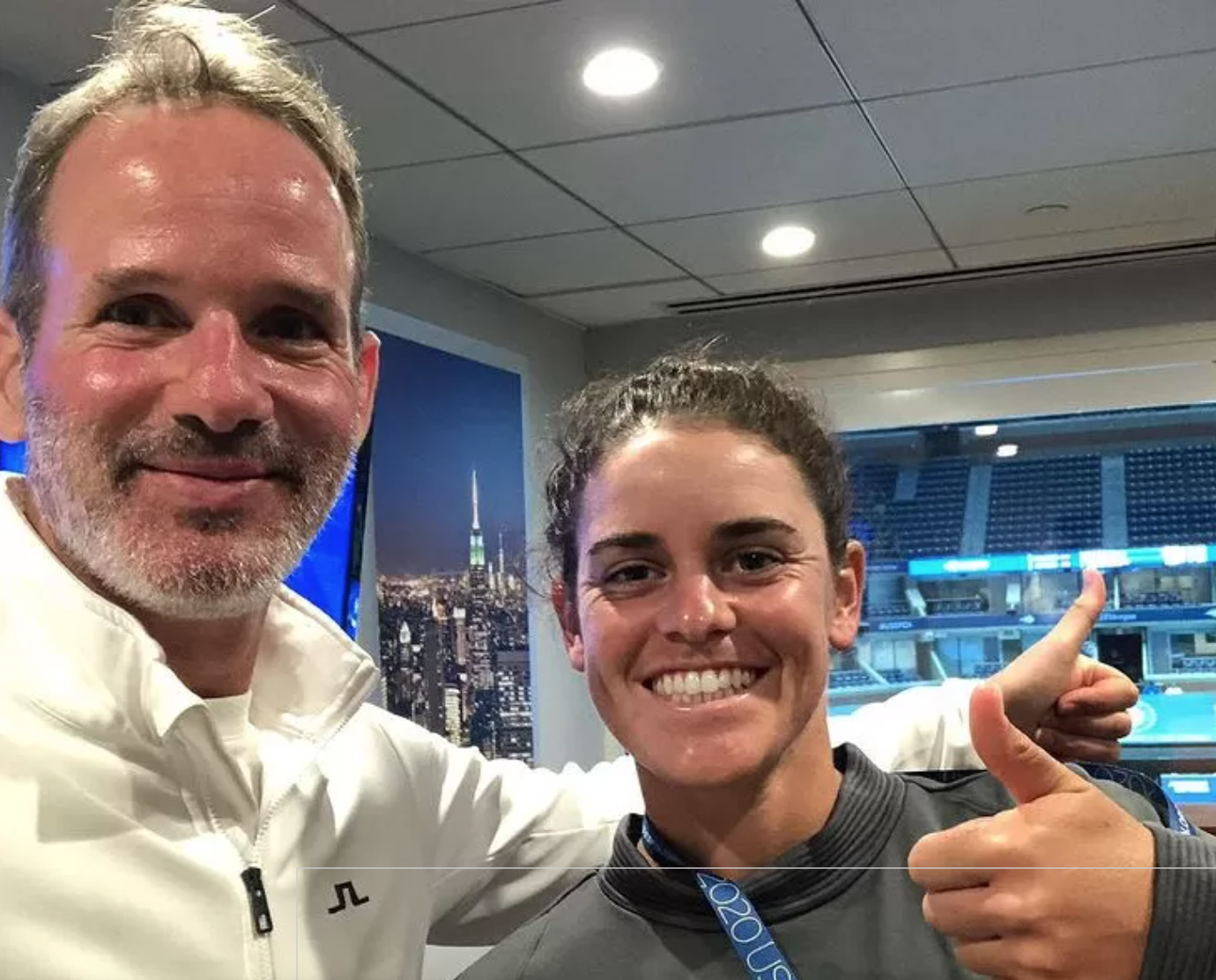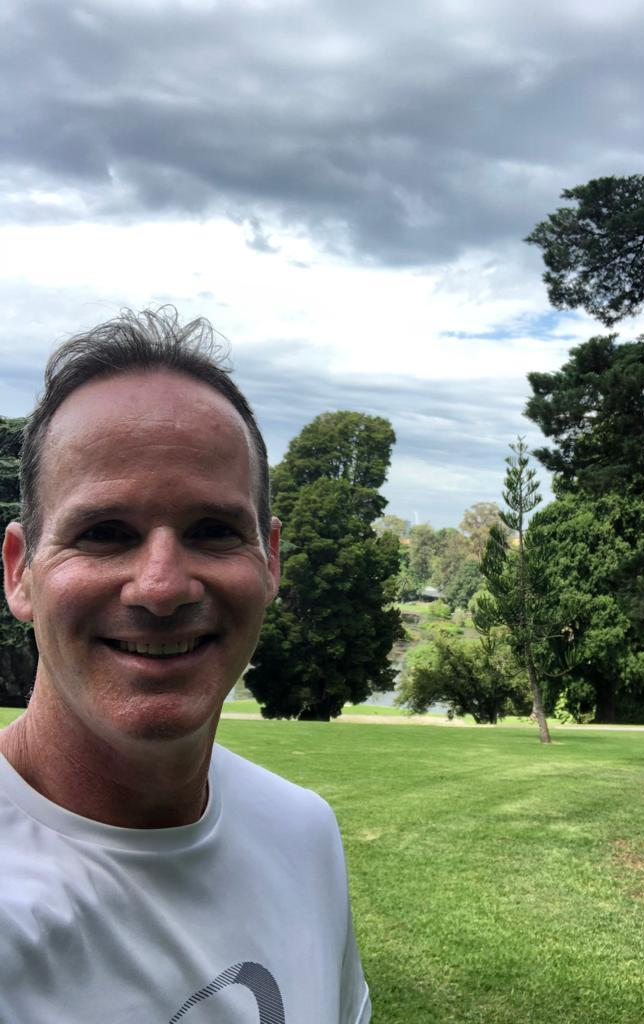One of my (Howard) key mentors, Keith Reynolds from the first day I met him he wanted me to use my military background. It’s taken a little bit of time for me (Howard) to come full circle and become comfortable with my military past on how I might use it in tennis. The main thing now that I believe is totally transferable to tennis and it’s the concept of…
Rehersal
From a military standpoint, in terms of your own weapon handling skills, regardless of the situation, condition weather all the way through to how you operate with the guy next to you, how you operate as a section troop, all these things would be rehearsed in varying levels of intensity and situation. I (Howard) believe that could be brought into tennis because I’d love to be able to ask at all times:
“How is that session, whether it be 30 minutes, two hours, how close from a tactical standpoint, physical standpoint, a mental standpoint, rehearse and practice what they’ll need in matchplay?”
I (Howard) think a lot of the time, if we’re truly honest, it’s a little bit too far from what’s going to be required. That starts with the engagement with the player themselves. Making them aware of the effort that you play for this next two hours session can have a real big impact on your next match. Or it could have a detrimental effect, because when we come to a position where the bullets start flying at you, you’re only going to drop to your worst level. For me, that was bullets. For the tennis players that’s to serve. If they’re not fully prepared, then that’s going to show up in the most stressful situations. Be it a breakpoint, tiebreaker, set point or match point.
What else can tennis players learn from the military?
Mnemonics
One of the key things that is done in the military is what we call battle preparation. There would be specific camouflage linked to the specific scenario. So,imagine that you’re in the desert and you’ve got loads of grass hanging at the top of you, you’ve not really prepared. For an tennis player that might be, traveling to Country X. Having a look a what the weather’s like over there. Oh, wow. It’s freezing or it’s super humid. Right. Do I think I need to take some kind of electrolytes with me, so on and so forth. If it’s hot weather, I’ve got my son cream and my cap. We would check that our radio signals are all in line so we know we can speak to each other. That will be a little bit like a tennis player being very, very clear on his/her game plan with their coach before going into a tournament. Ammunition we would make sure that we were stocked. Have you got enough rackets, extra strings, grips etc.
The list goes on and on and they’re a so many simple things tennis players can do on a daily basis to have a bigger impact on their performance.
